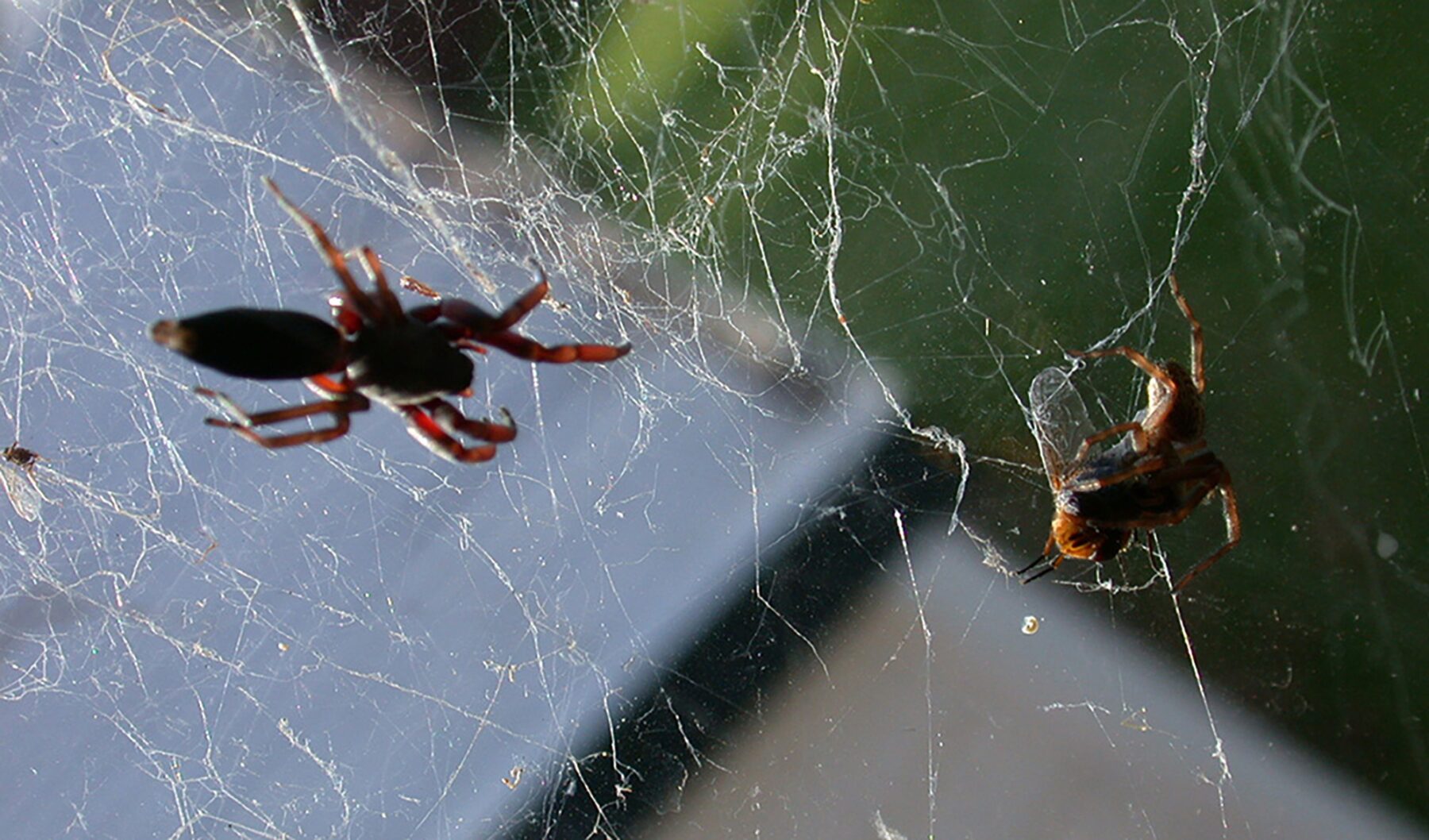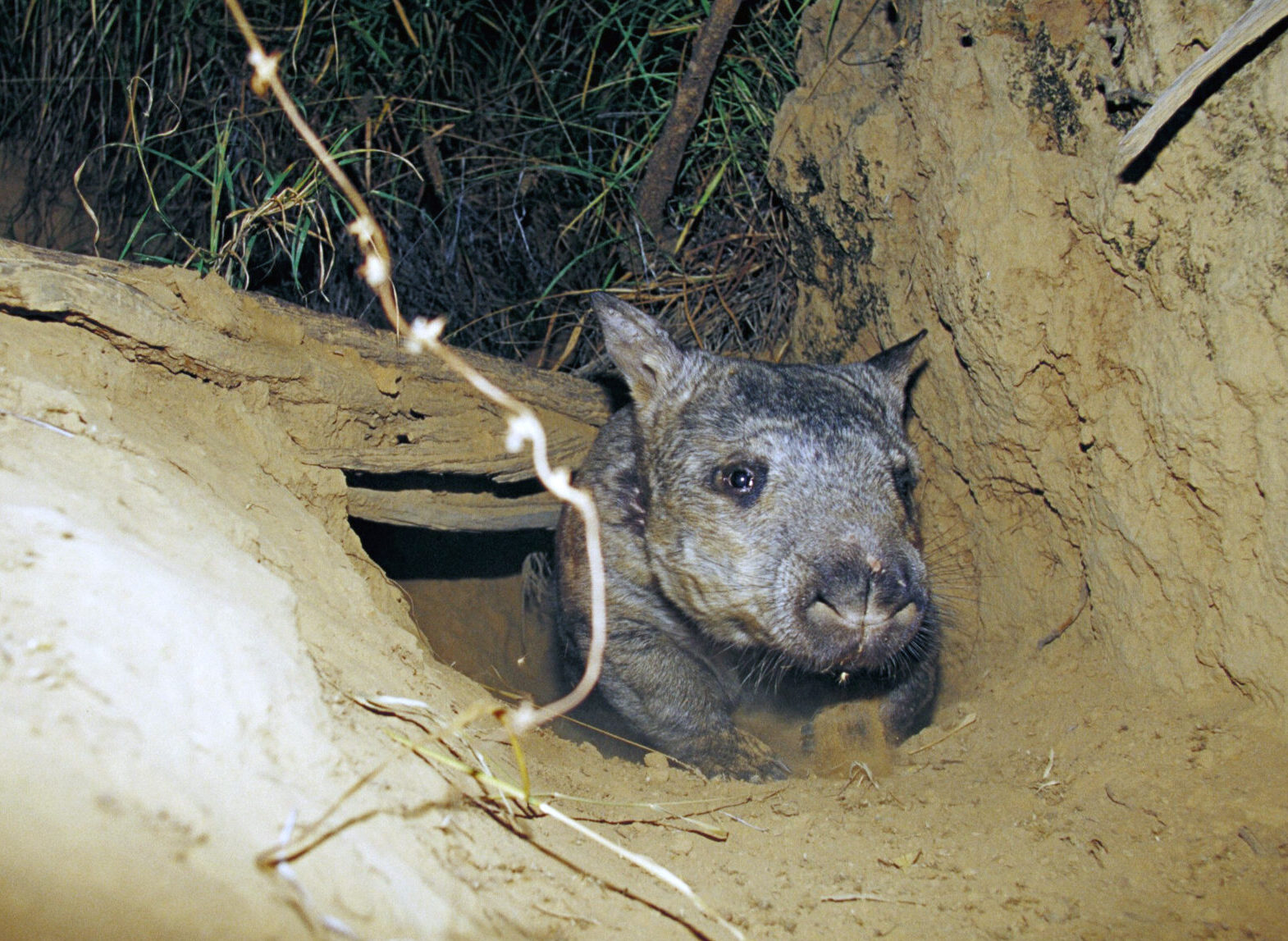| Common name | White-tailed spider |
| Scientific name | Lampona spp. |
| Type | Spider |
| Diet | Other spiders |
| Average lifespan | Unknown |
| Size | Females up to 18mm long; males up to 12mm long |
These spiders have suffered from bad press during recent decades, with widespread claims that their bites are responsible for necrotic legions – severe wounds around which the skin and muscle ulcerate and die.
But an intensive investigation detailed in a paper in the Medical Journal of Australia in August 2003 debunked this. Researchers found that white-tailed spider bites only cause “minor effects in most cases” and are “very unlikely to cause necrotic ulcers”.

These native Australian spiders are easy to identify because of the unmissable white or cream dots at the end of their cigar-shaped abdomens, above the spinnerets.
There are two known species, but these would be virtually indiscernible to the average person. One species, Lampona murina, is thought to be found only in Queensland and the other, L. cylindrata, occurs in New South Wales, Victoria and Tasmania and has been introduced to New Zealand.
White-tailed spiders don’t spin silk to catch prey but are instead hunters of other spiders, finding and attacking them in their own webs. They hunt mostly at night and during the day will shelter outside under leaf litter, bark or rocks.

In urban areas they often enter homes to hunt for their spider prey, which includes redback, daddy-long-leg, funnel-web and trapdoor spiders. They particularly like black house spiders.
Inside homes white-tailed spiders often shelter by day under sheets or in clothing or shoes left on the ground, which is when people usually come across them.
They’re not aggressive or particularly fast-moving but they do have large fangs and, like most spiders, will defend themselves if threatened.
Like many other hunting arachnids, white-tailed spiders have special tufts of hair called scopulae at the ends of their legs, which allows then to walk on smooth, upright surfaces and across ceilings and windowpanes.









